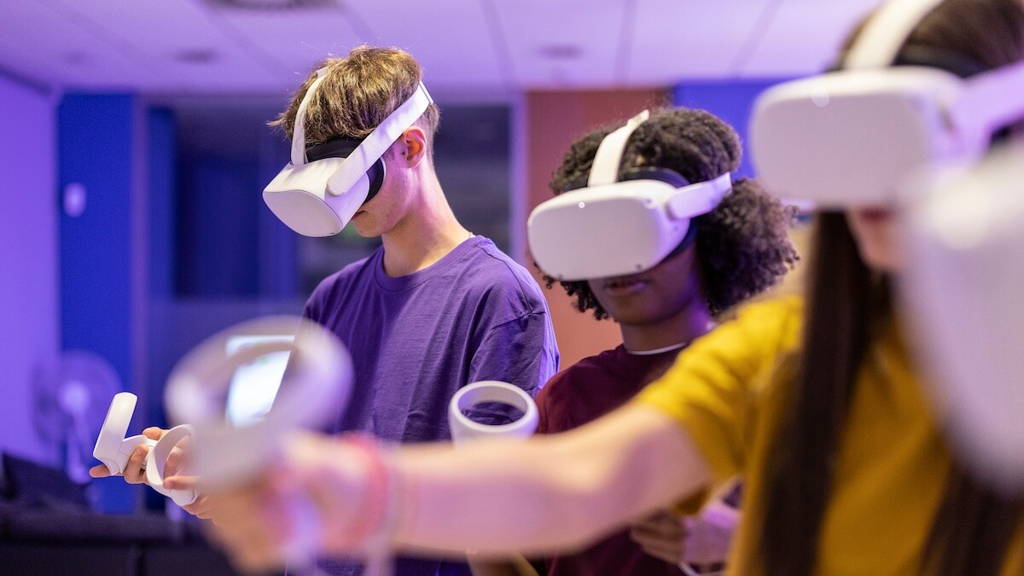Virtual reality (VR) has been used successfully for some time to relieve anxiety, stress and pain, for example in the burns unit of a children's hospital in Australia. What makes this technique so effective is its ability to completely distract patients from physical discomfort. Until now, this has mainly been done in an individual setting. However, new research shows that social interaction in VR can play an important role in increasing pain tolerance.
Researchers at the Virtual Embodiment Lab at Cornell University, led by Dr. Andrea Stevenson Won, associate professor of Communication, investigated how social VR (SVR), in which patients interact with another person in a virtual environment, affects the perception of pain. The results were published in Pain Medicine under the title: ‘The Effects of Companionship From Strangers and Companions on Pain Thresholds in Immersive Virtual Reality: A Randomised Controlled Trial.’
‘VR has long been used as a distraction therapy for pain, and social interaction is also known to relieve pain. We brought these two domains together, something that had hardly been researched until now,’ said Isabelle McLeod Daphnis, lab manager and first author of the study.
Pain stimulus combined with VR interaction
In the study, 70 participants were exposed to controlled pain stimuli via a thermal device, with the temperature gradually increasing until the participant had to withdraw their hand. The subjects, mainly students, underwent the pain stimulation in four different conditions:
- Social VR with an acquaintance (friend or family member)
- Social interaction with an acquaintance via Zoom
- Social VR with a stranger (laboratory assistant)
- Alone in a VR environment, without social interaction
Both the temperature reached and the self-reported pain scores on a scale of 1 to 10 were recorded.
Social presence as the key to pain relief
It was striking that participants generally showed a higher pain tolerance when they were in a shared VR environment, regardless of whether this was with someone they knew or a stranger. The combination of distraction and social engagement proved to be more effective than distraction alone. However, some participants reported lower pain tolerance with increased engagement, possibly because they wanted to remain stronger or focused less on their own pain.
‘These findings offer a new perspective on how social presence in a virtual environment influences pain behaviour. In a clinical context, this could contribute to greater patient comfort without the need for additional medication,’ says Won.
Objective behavioural measurements
The researchers emphasise the importance of objective behavioural measurements in addition to self-reporting. In a hospital setting, where pain is often difficult to quantify, behavioural indicators such as “how long someone perseveres” can provide important additional information. The study builds on earlier work from 2020 and illustrates how multidisciplinary collaboration, from communication science to information technology, can contribute to patient-centred innovations.
‘Many students who participated in this project have since moved on to medical and academic programmes. This type of practice-oriented research is not only valuable for science, but also for the training of the next generation of healthcare professionals,’ says Won.









